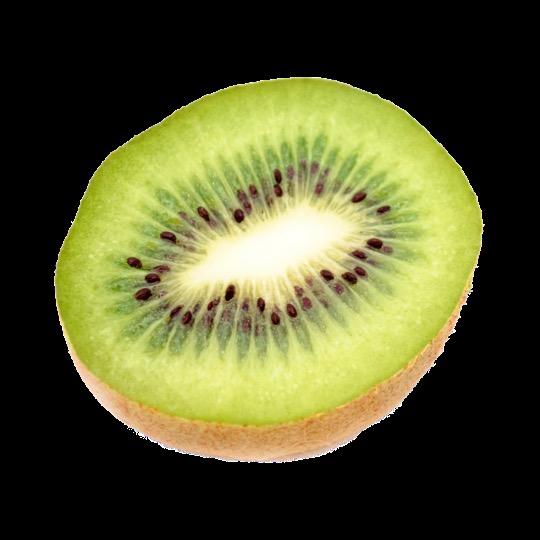

Hesperia Unified School District
Teaching Kids the Importance of Health & Wellness




Hesperia USD’s Nutrition Services department is dedicated to student health and well-being. We support learning and academic achievement by promoting a healthier school environment with access to appealing foods that meet the health needs of our students.
Hesperia USD’s Wellness Policy

Learning

about the health benefits of food! Strawberries



Strawberries

Strawberries are a type of aggregate fruit.
Strawberries are a part of the rose family.

1 acre of land can produce 50,000 pounds of strawberries.

Strawberries are the FIRST fruit to ripen in the spring.
Peak strawberry harvesting season is April - June.


Main Types of Strawberries:

3 strawberry has 200 seeds.
1. June-bearing 2. Ever-bearing 3. Day-neutral

Strawberries are the ONLY fruit with seeds on the outside.

90% of the strawberries grown in the U.S. are from California.

Vitamin C




Vitamin C supports the immune systemthe body’s defense against infections.

ENERGY booster!
Vitamin C is also referred to as “ascorbic acid.”

Vitamin C is an antioxidant. Antioxidants help protect against damage caused by exposure to harmful substances in the environment.


The body cannot make vitamin C on its own - it has to come from food.
Vitamin C helps keep you happy & healthy! What do you call a vitamin that improves your eyesight?

A Vitamin C!

Vitamin C is a very important vitamin for healthy gums & teeth.
Grapes



Grapes are a type of that generally grow in clusters.

Colors of grapes: green, white purple, blue
Concord grapes are native to the U.S.

97% of grapes grown in the U.S. are from California.



Grapes are in peak season in the United States from August to October.

Grapevines can reach up to 50 feet in length.

1 grapevine produces around 40 clusters of grapes.
1 grape cluster contains around 75 grapes.
B Vitamins



B Vitamins help support the body’s energy levels, brain function & cell metabolism
essential B vitamins:
Vitamin B1, Vitamin B2, Vitamin B3, Vitamin B5, Vitamin B6, Vitamin B7, Vitamin B9 & Vitamin B12.

Water is needed to help the body absorb B vitamins.


B5, B12, C and E knock on your door…what do you do?
In-Vitamin!


B vitamins helps the body make energy from food.
The body cannot store most B vitamins, so they need to be regularly consumed.
B vitamins plays a role in serotonin production.
Serotonin makes us feel happy

Milk



Milk is a type of dairy product –most commonly made from cows.
1. Ayrshire
2. Brown Swiss
3. Guernsey
4. Holstein
5. Jersey
1 cow produces around 6 gallons of milk/day.
1 serving milk contains 13 essential nutrients


Milking Shorthorn
Holstein cows all have a unique pattern of spots!


The U.S. produces ~227 BILLION pounds of milk each year.

The reason milk is white is because it contains “casein” - a type of protein. Milk is the source of ALL dairy products!





Protein



Protein builds, maintains and replaces the tissues in the body.
Protein helps to transport & store nutrients throughout the body.
18 - 20% of the body is protein.

EVERY cell in the human body contains protein.

The body cannot store protein long term… which is why protein needs to be consumed daily.

Protein plays a big role in building and repairing muscles.


Protein is a MACRONURIENT . A macronutrient is a nutrient that the body needs in LARGE
Protein helps maintain fluid balance throughout the body.




























